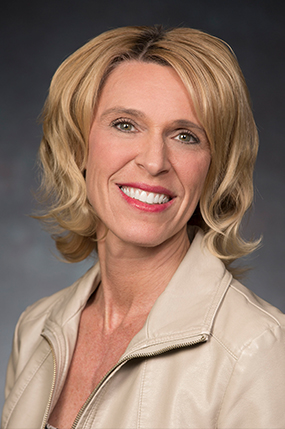Workforce Commentary by Karen Billen, Express Employment Professionals
Remember the old days, when unemployment was a problem?
Hard to believe, but those “days” were just a few years ago.
The labor market has undergone a seismic shift almost overnight. Today, the problem is not enough workers to fill a cascading number of job openings seemingly everywhere.
Some prognosticators forecast this challenge. Few saw it arriving so fast, and in such force. Employers have been forced to rework and refine worker recruitment strategies. Success belongs to the nimble.
As important is for employers to double down on employee retention practices, as Mike Bollero, our Senior Relationship Manager, explained at our March 31 seminar, “Command Your Supply: Controlling Your Organization’s Destiny.” The event addressed workforce and supply chain issues facing nearly every segment of the economy.
Mike talked about how Max Weiss Company has added a second shift in the past year – obviously, a move requiring additional labor. Metal bending and metal fabrication might not be for everyone. Yet, it’s a field where demand rarely wanes, so job security can be much higher than elsewhere.
Mike noted that Max Weiss Company is always seeking fresh talent for its metal rolling and forming services. Equal emphasis has been placed in recent years, though, on creating a culture where every employee’s contributions are valued, and leaders emerge to be developed. Build this winning team, Mike explained, and workers will want to stay.
Mike wasn’t the only person offering solutions to workforce challenges, though, at “Command Your Supply: Controlling Your Organization’s Destiny.”
Karen Billen, Vice-President for Strategic Sales and Account Development at Express Employment Professionals, provided more insight into how employers can adapt to the new labor force reality.
|
Karen Billen |
The top recruiting source in most organizations is usually referrals from existing employees, she said. This doesn’t happen on its own, though. Identifiable factors encourage these invaluable contributions.
Specifically, Karen asked, is an organization’s culture and vision communicated to its workforce? Is it put into practice, so that workers want to recruit their friends and family?
Similarly, she added, how is an organization perceived by the community from which it draws labor? Is it known for its brand? Its products or services? Or for its workforce?
The last, she advised, is far and away most important. Employers across the board have increased wages. Thus, companies need to carve out differentiation space to win the competition for talent.
Doing so requires basic research. Having deep, honest conversations with employees about their interests is critical, Karen said. Topping the list, typically, is the desire to feel like a valued team member. The tie-in to an organization’s mission and values is obvious. Again, are these implemented … not just talked about?
If not, Karen warned, employers might see the warning signs of employees preparing to depart: decrease in productivity. Lack of engagement with others. Attendance issues. No longer voicing opinions or ideas.
At this point, she said, the game is usually over. The key is not letting it get this far. Again, focusing on retention, and a positive culture that welcomes input from all, plays a huge role.
Employers do have other recruiting tools, Karen offered, such as online sourcing and staffing firms. When using the latter, she added, organizations should envision how people can fit in long-term – not just for an immediate assignment. In the new labor reality, this shift in thinking is absolutely essential.
Did you miss “Command Your Supply: Controlling Your Organization’s Destiny?” Feel free to hear all the presenters, and their thoughts on meeting labor and supply chain challenges, via this YouTube link. In a world where so much has changed in so short a time, staying ahead of the curve is more important than ever!
<<-- Back to News Email to a friend





